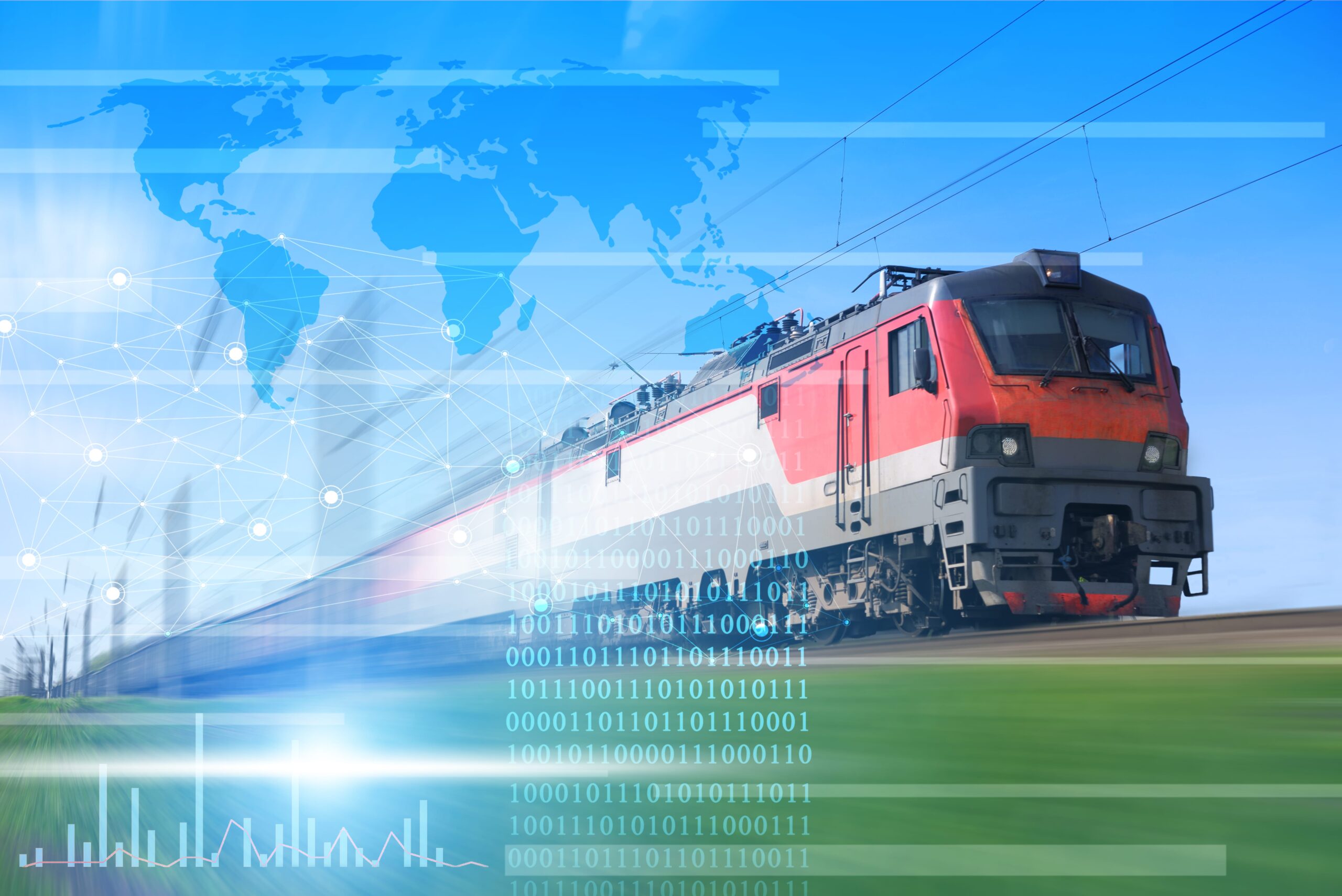
A lot gets said about the Internet of Things (IoT). It is burdened with the responsibility of solving many issues, and although not every claim is reasonable, one certainly is. IoT can improve the efficiency of rail travel, and the customer experience of all those who use it.
This will be particularly important as the rail industry prepares for the extensive new regulations coming into play – namely the Service Quality Regimes (SQRs). Here are five ways I believe that IoT can improve rail travel.
-
Combat overcrowding
Over-crowding is not just unpleasant, it is also dangerous – particularly in tight spaces, bottlenecks, and during a pandemic.
IoT can be used to monitor passenger density through video analytics and the tactical use of sensors throughout the station. Combined with cameras, which will probably already be in use, crowding can be spotted live, and something can be done about it. For example, staff can usher busy commuters down the platform or open extra ticket gates.
IoT, as with all technology, snowballs and gains momentum – the more it is used, the easier it becomes to use, and the greater the benefit. As passenger density is studied, additional data can be extracted from it, meaning patterns are recognised and human behaviour can be predicted and prepared for.
-
Using Lux sensors for safety
Lighting is an essential part of staying safe and is particularly important at train stations for obvious reasons (hint: speeding trains). By integrating IoT into the lighting system, sensors can control the general ambience of the station, making sure that they stay at an ideal level of illumination.
At unmanned stations, this really comes into its own, as it can react to changes in station usage, ambient lighting, or even malfunctions. If a light breaks, someone can be automatically called to fix it – and other lights can compensate if available.
-
Monitoring ambient conditions
Ambient conditions are another huge part of the customer experience – if not for safety, then certainly for comfort. When all fans, heaters, and air conditioning units are connected to sensors, they can all work together to ensure the perfect temperature and humidity levels, and again, if one of them breaks, someone can be called to fix it.
These conditions have a great impact on how long people stay in the station, and in turn, can impact whether they will decide to buy a coffee and hang out or stand outside while waiting for their train to come. Comfort equals revenue.
-
Monitoring air quality
As anyone who has used the central line on the London Underground could tell you, air quality can greatly impact the customer experience, as well as their long-term health. Trains can throw particulates and dust into the air, which can have a harmful effect on those with breathing difficulties or certain illnesses. PM2.5 (particles that have a diameter less than 2.5 micrometres) is one particularly harmful particulate and needs to be carefully monitored and managed.
As you may have guessed by now, IoT means using sensors to monitor air quality and alert someone to do something if it reaches a certain level. When doing this for long enough, patterns can be recognised.
-
Ensuring washroom cleanliness
This one might not seem suited to a seemingly revolutionary fourth-generation technology, however, IoT can massively improve the cleanliness of bathrooms. ‘Smart-cleaning’ ensures that cleaners are only called when they are needed, so their time isn’t wasted when they could be cleaning other stations or other parts of the same station such as handrails and touchpoints. Inversely, that they only come to clean the bathrooms when they are seriously in need of servicing.
For customers, this can be one of the most poignant factors impacting their view of their rail experience at large, and a bad experience in the bathroom is one not easily forgiven.
This may seem like a running theme now, and for those not paying attention – long-term utilisation of IoT cannot just react, but pre-act human behaviour before it even happens, making sure it is dealt with appropriately.
About mpro5
mpro5 is a digital transformation solution that improves operational effectiveness, ensures process compliance and drives productivity gains and cost savings for businesses, typically but not uniquely in facilities management, retail, transportation, and healthcare.
An innovative, configurable platform that unifies cloud, mobile and smart technologies to enable the quick implementation of tailored, digital processes, turning complex jobs, workflows and scheduling into simple, effective and continuously compliant processes.
mpro5 is a subsidiary of AIM listed Crimson Tide and has offices in the UK, US, and Ireland


